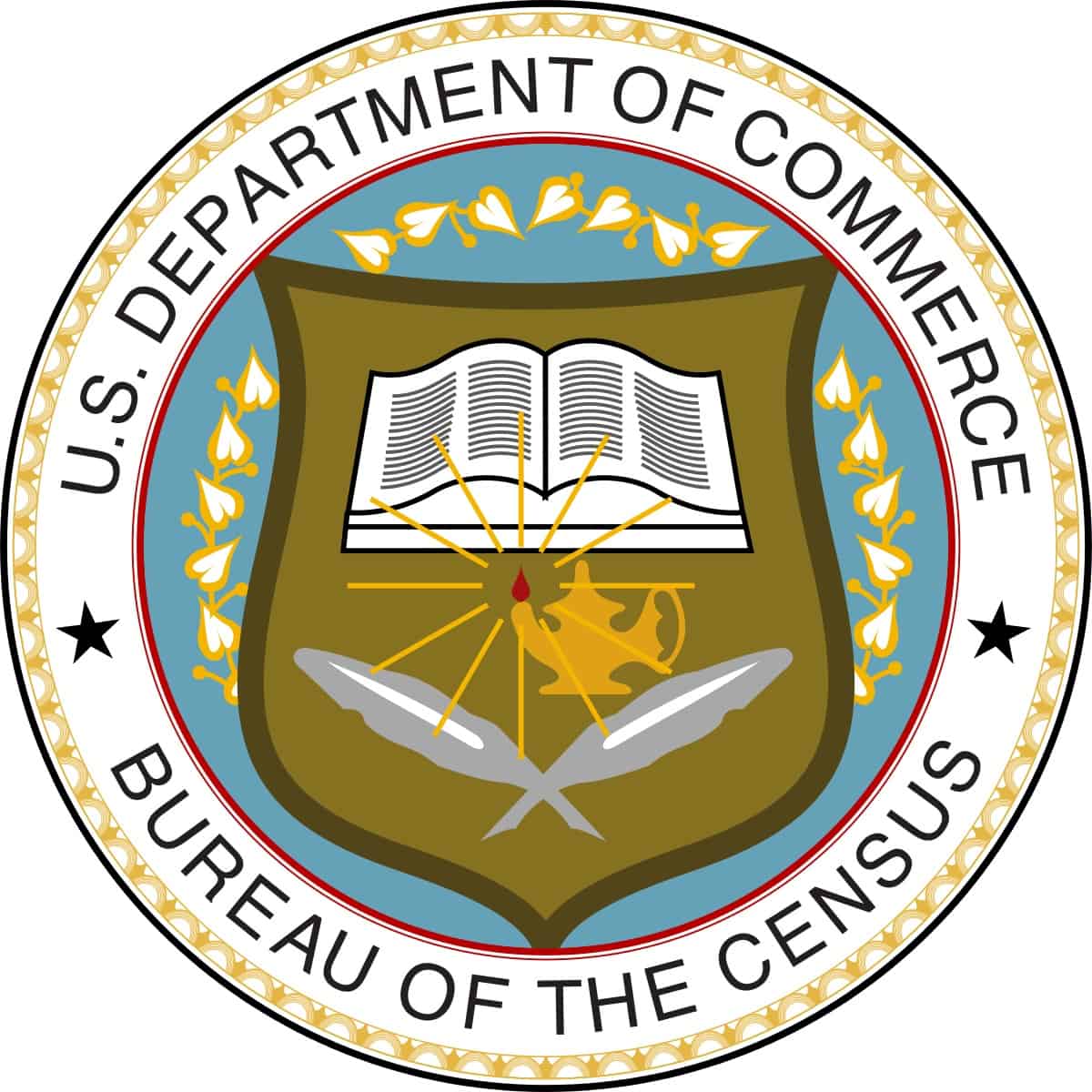Since March, 60.6 percent of U.S. households have responded to the 2020 Census, which will determine each state’s share of congressional representation and (to a large extent) federal funding for the next 10 years. With a 55.6 percent self-response rate, New York State trails New Jersey (62.6 percent) and Connecticut (64 percent).
The self-response rate refers to the percentage of households that voluntarily submit an answer – by the internet, by phone, or by mail – to the census’s questionnaire. Households that don’t respond will sooner or later receive in-person visits from enumerators, but for months, Mayor de Blasio’s NYC Census 2020 initiative has emphasized that a robust self-response is the best way to avoid an undercount.
Unfortunately, New York City’s rate (51 percent) trails New York State’s. In urban areas, public officials tend to fear undercounts particularly in black, Hispanic, and low-income communities. The U.S. Census Bureau has estimated that the 2010 Census overlooked 2.1 percent of America’s black population, 1.5 percent of the Hispanic population, and 1.1 percent of renters.
Red Hook, however, looks so far to be a counterexample. The neighborhood consists of three census tracts, one of which comprises exclusively the Red Hook Houses, Brooklyn’s largest NYCHA development, 98.6 percent of whose residents are nonwhite.
As of early June, New York’s Tract 85 – the Red Hook Houses – boasts a 58 percent self-response rate. Meanwhile, only 45.3 percent of families in Tract 59 – Harold Ickes Playground to Pioneer Street – have responded. Tract 53, whose southern expanse runs from Valentino Pier to the Gowanus Canal, has done even worse at 42.8 percent. Tracts 59 and 53 are both high-income and majority-white.
In January, Red Hook Initiative (RHI), a nonprofit community center that serves the Red Hook Houses, won a $125,000 grant from the NYC Complete Count Fund. The organization announced that it would “hire and engage a team of Red Hook residents to host events, canvass, use social media channels, and increase awareness about the importance of the Census for the community.” RHI ran a similar campaign in 2010 when the Red Hook Houses also outperformed the rest of Red Hook on the census.
The area of Red Hook known as “the Back” – outside of the public housing complex – has underperformed all four directly adjacent tracts in Gowanus, Carroll Gardens, and the Columbia Street Waterfront District. Red Hook’s councilman, Carlos Menchaca, co-chairs City Council’s Census 2020 Task Force.
During the 2010 Census, the nationwide self-response rate reached 76 percent. It’s not too late for New Yorkers to participate in the 2020 Census. Visit my2020census.gov or call 844-330-2020.









